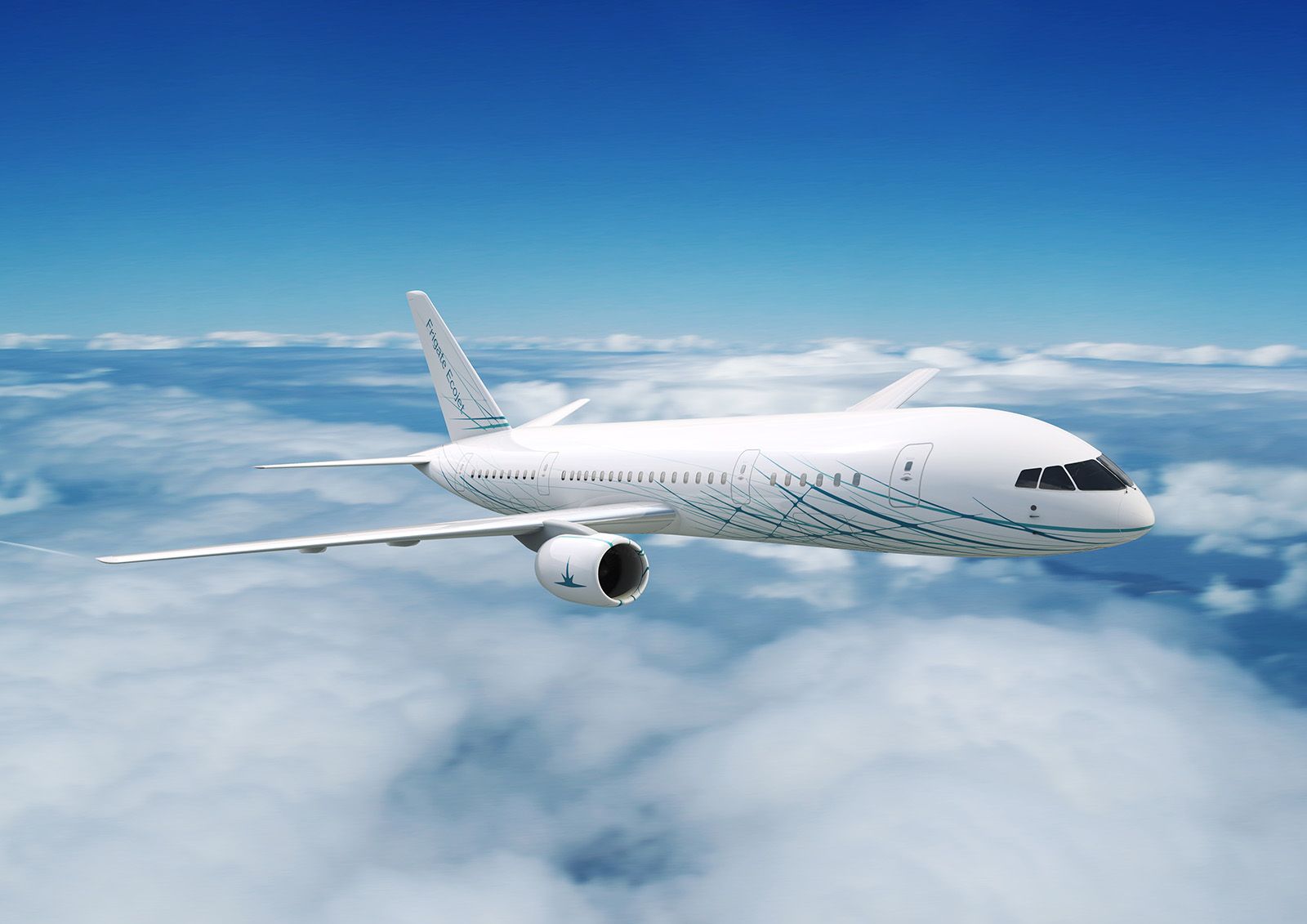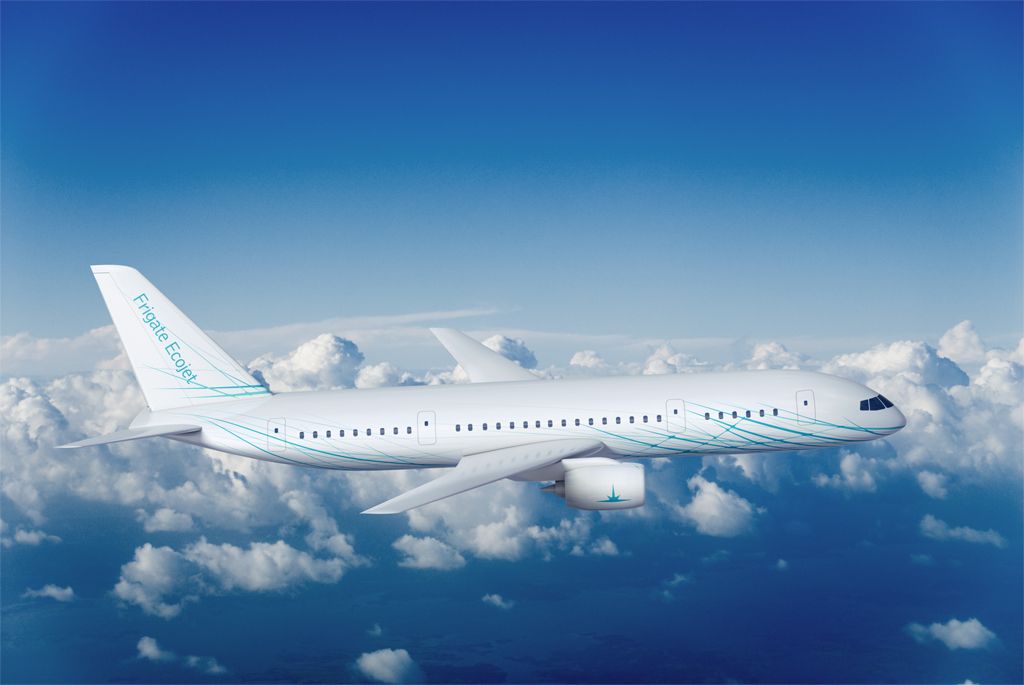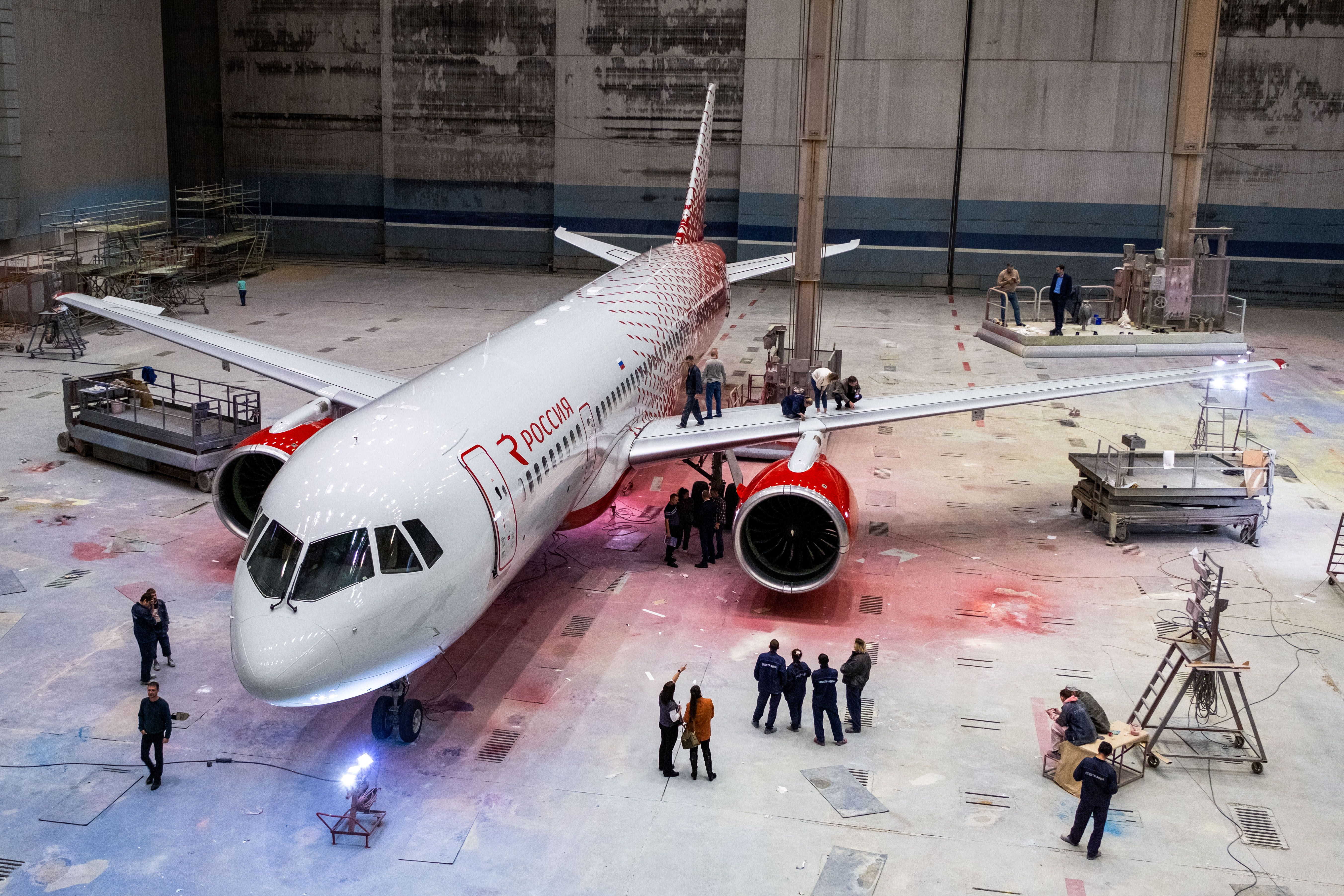The Russian aviation industry has been shaken over the past 18 months. When President Vladimir Putin plunged his country into a war of aggression against its neighbor, he condemned a reemerging aircraft-making tradition to scramble to develop domestic versions of technology and components previously provided from abroad.However, the plans for what is known as the Frigate Freejet were already shelved a couple of years prior, despite significant excitement about the project, including a redesign, in the mid-2010s. For a long time, and according to the latest intel, the 300-seater jet never seemed to make it further than an optimistic drawing board. Could that change with the new zeal for domestically produced aircraft and a Russian-built PD-14 engine now available?The decades-long development of the jet was officially put on hold in December 2020, and there have been no further updates on the project. However, with COMAC recently revealing it will drop Russia from the CR929 program - a proposed widebody jointly developed by Russia and China - could we see the Frigate Freejet project resurrected?
A timeline of the project
The Frigate Freejet project has gone through several incarnations and traces its roots back to nearly thirty years ago. First launching in 1991, the plane was initially known as the Tu-304 and was later renamed the Frigate Ecojet when it entered an active phase around 2010. This jet aimed to make its maiden flight in 2018 - 2019 and achieve EASA certification by 2021. By 2017, project leaders scrapped the idea of a twinjet and began pursuing a four-engine design, also changing the name to Freejet.
The latest update on the clean-sheet design jet was reported in an interview conducted by Aerotime Hub with the head of the project, Alexandr Klimov, in 2020. At the time, Klimov said the decision had been made to freeze all development, putting the Freejet on hold, although there was never any official confirmation.
The jet's evolution
The Frigate Freejet was meant to be deployed in the segment usually defined as MOM (Middle of the Market). The takeoff weight of the plane would be 140 tons, and it was to have a range of 3,500 km. This can be compared to an Airbus A320 with a range of 6,150 km. The distinctly elliptically-shaped jet would have carried between 300 and 350 passengers, while there were plans for a longer-range version that could fly up to 8,000 km.
The initial concept began, as previously mentioned, in 1991 as Tu-304 under the wing of the Tupolev design bureau's Valentin Klimov. At the time, the plane was planned to carry up to 500 passengers. However, in 2004, Valentin's son, Alexandr, took the reins of the project, with a new design bureau working as a daughter company of Tupolev, the joint stock company Russian Avia Consortium (Rosavia).
The focus was initially on a twinjet, which would have coincided with the global trend to move away from four-engined planes. However, the project's leaders formally switched their concentration to the Freejet quadjet due to what they perceived as a lack of sufficiently powerful engines at the time. The most striking feature of this jet is of course its three-aisle configuration - Simple Flying has previously explored the feasibility of a three-aisle passenger jet, which has yet to become a reality despite a few ambitious designs over the years.
The project had completed model wind tunnel tests by 2013, and Russia opened up talks with several airlines to sound out potential interest. It also recruited the expertise of several foreign research institutions, but this international collaboration was short-lived - by 2015, the program had cut ties with most foreign partners and underwent an extensive redesign in 2017.
Opening up opportunities
The design team said that the quadjet version of the Ecojet - the Freejet - would have the same engine options as the new generation of narrowbody jets. These choices would have included the aforementioned PD-14, the Pratt & Whitney PW1400G, and CFM LEAP-1. As we know, the latter two Western-made engines would not make it onto the airframe if the project was resurrected today.
The program leaders also stated that four engines would unload the wing and allow for a lighter primary structure. These engines could be mounted under the wing on long pylons, allowing for a one-piece slat and directing the fan slipstream away from the flaps, reducing noise.
Get the latest aviation news straight to your inbox: Sign up for our newsletters today.
Subsequently, program staff contacted the United Engine Corporation to power the projected plane with a quad of PD-14s. This equipment was also being produced for the Irkut MC-21, Russia's twinjet narrowbody aircraft that has indeed gone ahead, albeit with some substantial delays to the program. Notably, with this four-engine switch, workers would not have had to wait for the introduction of suitable new engines.
There would also have been opportunities to apply advanced design solutions to reduce harmful emissions and noise levels. Klimov further discussed these factors in an interview with Russian Aviation Insider in 2017, when there was still significant enthusiasm about the project. He elaborated on what kind of advancements he was expecting to see,
"Our Freejet will be 15 dB quieter than the future ICAO Chapter 14 requirements. Thanks to a higher thrust-to-weight ratio, the required field length will not exceed 2,500 m, so the aircraft could be operated from city airports. Besides, we will implement electric aircraft technology, meaning electro-hydrostatic and electromechanical actuators, an electric taxi system, electric air conditioning and anti-icing. This will eliminate the need for an air-bleed system, and will make the engines more efficient.
According to our estimates, the electric aircraft concept can reduce fuel burn by 8% to 12%, cut the take-off weight by 6% to 10%, and lower the direct operating costs by between 5% and 10%. As a result, we will get an aircraft with a seating capacity of between 250 and 300 passengers, and a range of 4,500 km."
Will the project be revived?
Recent updates on the CRAIC CR929 program could push Russia to revisit the Freejet project - at the 2023 Paris Air Show, an official confirmed to The Air Current that Chinese manufacturer COMAC would proceed with the CR929 widebody program without Russian state-backed firm United Aircraft Corporation's further involvement. Russia had previously suggested it may withdraw from the project, making clear it does not want to rely on foreign components for the jet.
Despite orders for homegrown aircraft seeing a massive uptick in Russia following Western sanctions prohibiting exports and maintenance support, there has been no recent talk of reviving the Freejet from the cabinet of curiosities that might have been. But who knows? Never say never.
Have you ever heard about the Frigate Freejet? What are your thoughts on the project? Do you think Russia will ever revive the program? Leave a comment below.
Source: Aerotime Hub, Russian Aviation Insider, The Air Current



